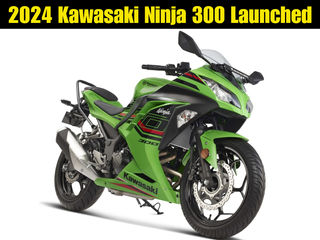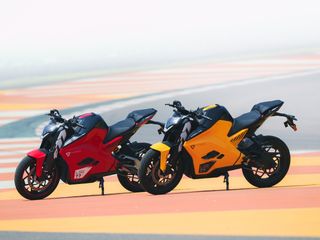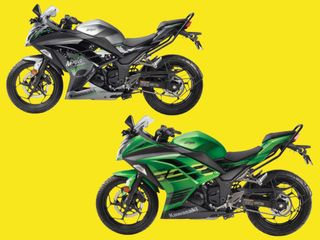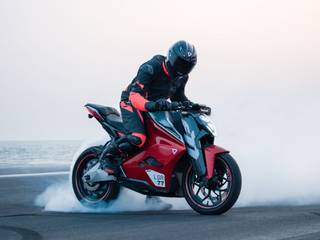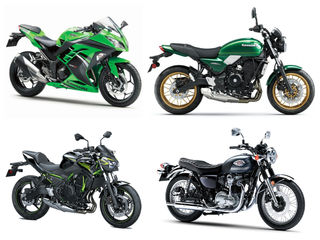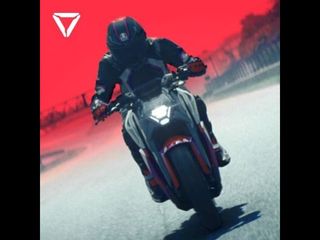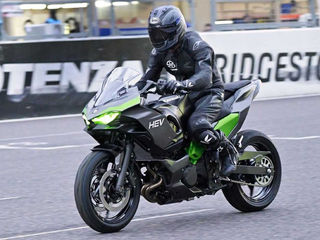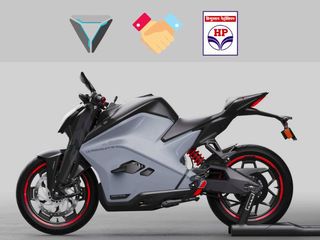|
|
| Torque (motor) |
|
|
| Engine Type |
Liquid-cooled, 4-stroke Parallel Twin
|
|
| Engine Displacement |
|
|
| Max Power |
|
|
| Max Torque |
|
|
| Emission Type |
|
|
| Bore |
|
|
| Stroke |
|
|
| No Of Cylinders |
|
|
| Drive Type |
|
|
| Battery Warranty |
|
|
| Valve Per Cylinder |
|
|
| Fuel Type |
|
|
| Ignition |
|
|
| Compression Ratio |
|
|
|
|
|
|
|
|
| Mileage (Overall) |
|
|
| Top Speed |
|
|
|
|
|
| Tyre Size |
Front :-110/70-17 Rear :-140/70-17
|
Front :-110/70-17 Rear :-150/60-17
|
| Wheel Size |
Front :-431.8 mm,Rear :-431.8 mm
|
Front :-431.8 mm,Rear :-431.8 mm
|
| Tyre Type |
|
|
| Radial Tyre |
|
|
| Wheels Type (Pressed Steel/ Alloy) |
|
|
|
|
|
| Seat height |
|
|
| Length*Width*Height |
|
|
| Wheelbase |
|
|
| Length |
|
|
| Ground Clearance |
|
|
| Height |
|
|
| Width |
|
|
| Fuel Capacity |
|
|
| Kerb Weight |
|
|
| Tail Light |
|
|
| Front Brake Diameter |
|
|
| Rear Brake Diameter |
|
|
|
|
|
| Battery Type |
|
|
| Motor Type |
|
Permanent Magnet AC Motor
|
| Additional Features |
Heat Management Technology, Caliper Front and Rear - Dual piston, Rake - 27°, Trail - 93 mm, Fuel Type / Minimum Octane Rating - Unleaded petrol/RON91, Hard Alumite Coating Piston, Dual Throttle Valves. Lubrication - Forced lubrication, wet sump
|
Riding Mode - Glide | Combat | Ballistic, Dynamic stability control, Park assist, Find my vehicle, Deep sleep, Throttle control, GPS
|
| Claimed range |
|
|
| Call/SMS alerts |
|
|
| Regenerative braking |
|
|
| USB charging port |
|
|
| Range |
|
|
| Fast Charging |
|
|
| Headlight |
|
|
| Charging at Home |
|
|
| Range (Eco Mode) |
|
|
| Battery Capacity |
|
|
| Charging at Charging Station |
|
|
| Range (Normal Mode) |
|
|
| Range (Sport Mode) |
|
|
| Turn Signal Lamp |
|
|
|
|
|
| ABS |
|
|
| Body Type |
|
Electric Bikes, Sports Bikes
|
| Internet Connectivity |
|
|
| Starting |
|
|
| Seat Type |
|
|
| Operating System |
|
|
| Display |
|
Multi-function 5 Inch TFT
|
| Speedometer |
|
|
| Mobile Application |
|
|
| Tachometer |
|
|
| Trip Meter |
|
|
| Charging Point |
|
|
| Low Fuel Warning Lamp |
|
|
| Clock |
|
|
| Low Battery Indicator |
|
|
| Stepup Seat |
|
|
| Passenger Footrest |
|
|
| Cooling System |
|
|
| Odometer |
|
|
| EBS |
|
|
| Switchable ABS |
|
|
|
|
|
| Standard Warranty (Years) |
|
|
| Standard Warranty (kilometers) |
|
|
|


